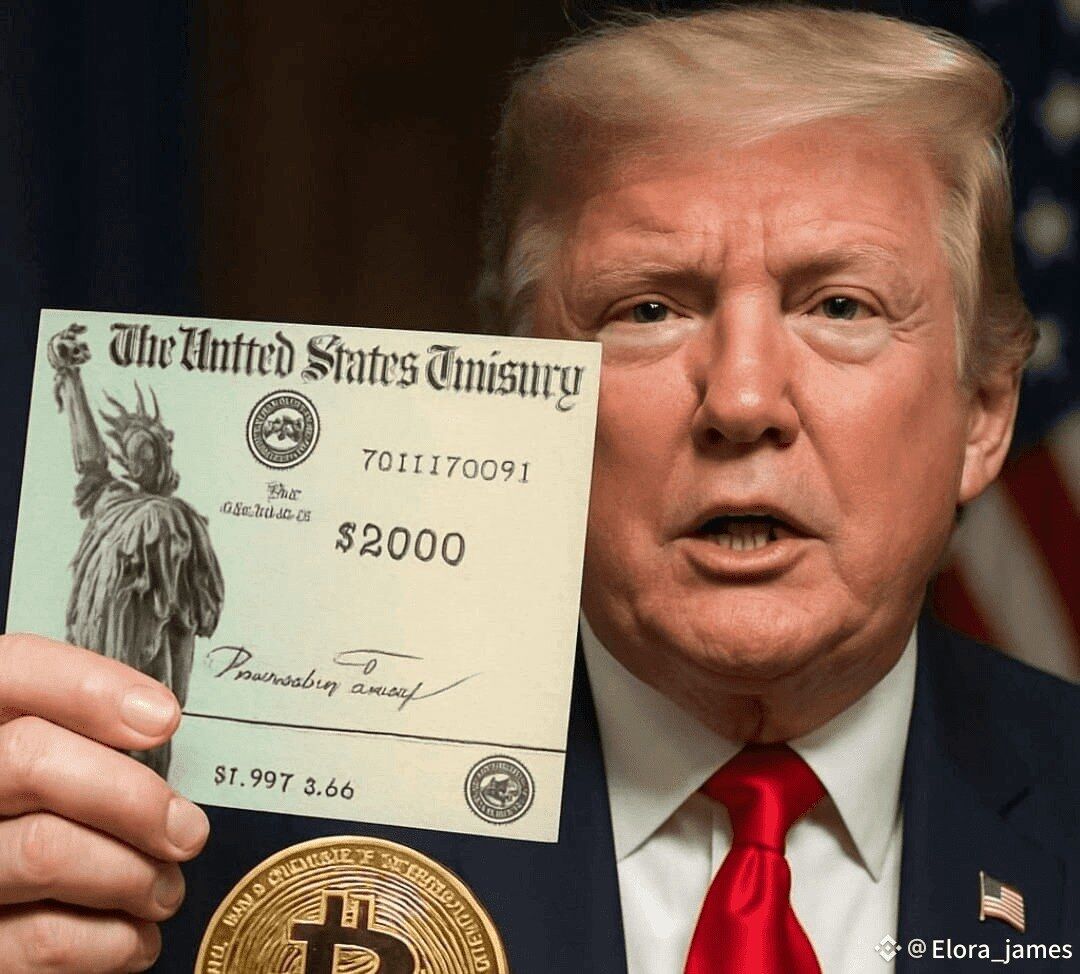In the weeks, months, and even years following the sentencing, the moment of his collapse became more than just a fleeting spectacle; it morphed into a kind of unspoken, almost sacred reference point, a touchstone of human vulnerability that lingered invisibly over every conversation, every reflection on the case. Legal professionals, many of whom had spent decades cultivating a reputation for precision, detachment, and analytical rigor, found themselves involuntarily replaying that scene again and again: the raw, unguarded image of his hands clutching, clawing, desperately trying to grasp the polished edge of the defense table as if sheer willpower alone could stave off the inexorability of the verdict. In that instant, the courtroom became a theatre of collapse, where the difference between principle and practice, between law and lived reality, evaporated in the shaking of a man who had just been confronted with the immovable weight of finality.
